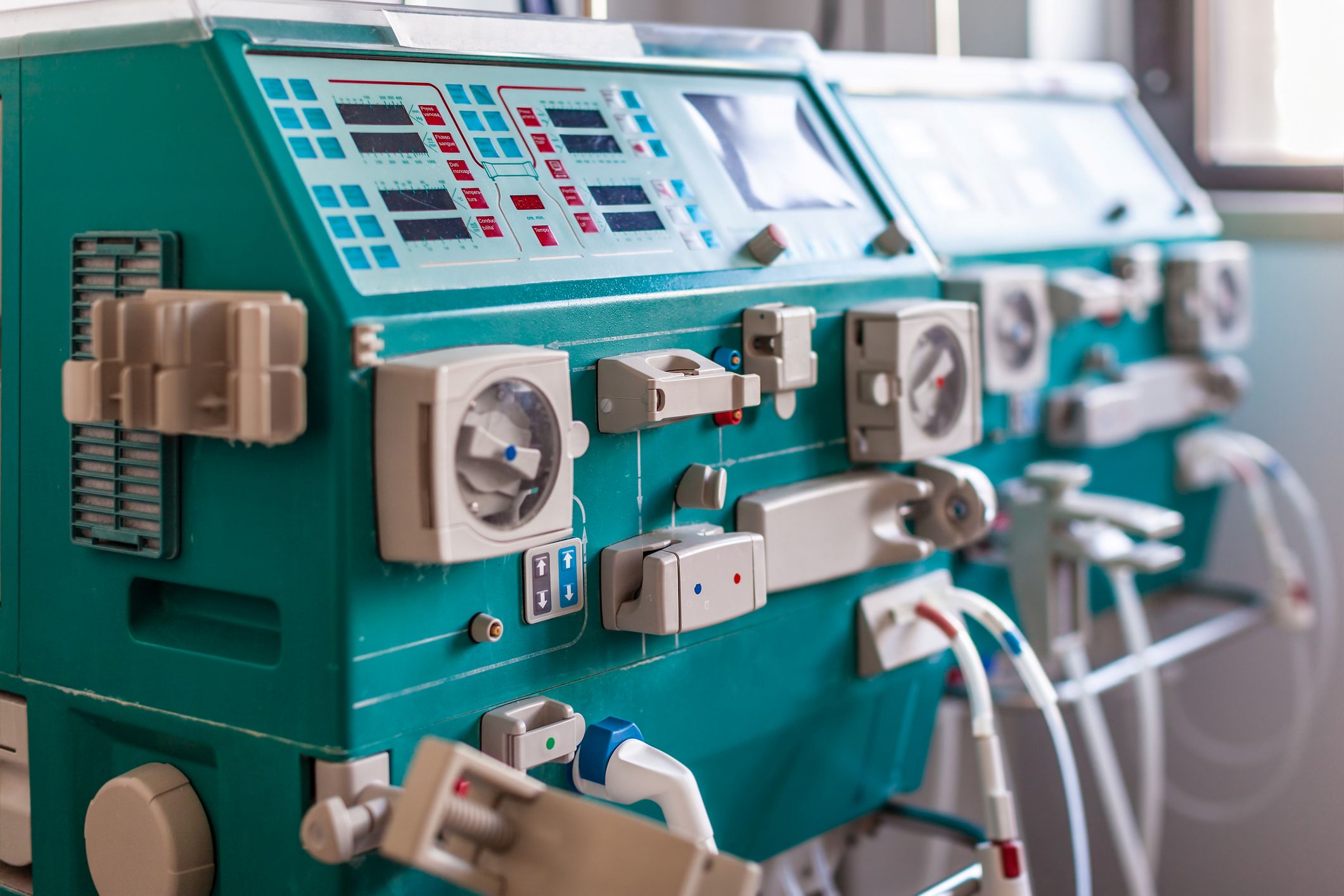
What is a dialysis machine? A dialysis machine is a medical device that helps filter waste, salt, and excess water from the blood when kidneys can't perform these functions naturally. How does it work? The machine mimics kidney functions by using a special fluid called dialysate and a filter known as a dialyzer. Blood flows from the patient into the machine, gets cleaned, and then returns to the body. Why is it important? Dialysis machines are vital for people with kidney failure, helping them maintain a balance of fluids and electrolytes, which is crucial for overall health. Who needs it? Patients with chronic kidney disease or acute kidney injury often rely on dialysis to survive. Understanding these machines can shed light on their life-saving role in modern medicine.
What is a Dialysis Machine?
A dialysis machine is a medical device that helps filter and purify the blood for people whose kidneys are not functioning properly. This life-saving technology has a fascinating history and operates through intricate processes.
-
The first dialysis machine was invented in 1943 by Dr. Willem Kolff, a Dutch physician. He is often referred to as the "father of artificial organs."
-
Dialysis machines work by mimicking the natural function of the kidneys, removing waste products and excess fluid from the blood.
-
There are two main types of dialysis: hemodialysis and peritoneal dialysis. Hemodialysis uses a machine and a filter, while peritoneal dialysis uses the lining of the abdomen.
How Does a Dialysis Machine Work?
Understanding how these machines operate can shed light on their importance in medical treatments.
-
During hemodialysis, blood is pumped out of the body to a machine where it passes through a series of filters called a dialyzer.
-
The dialyzer acts as an artificial kidney, filtering out toxins, waste products, and excess fluids from the blood.
-
Clean blood is then returned to the body through a different tube, completing the cycle.
-
A typical hemodialysis session lasts about four hours and is usually done three times a week.
The Components of a Dialysis Machine
These machines are complex and consist of several key components that work together seamlessly.
-
The blood pump moves blood from the patient to the dialyzer and back.
-
The dialyzer, often called an artificial kidney, contains thousands of tiny fibers that filter the blood.
-
A pressure monitor ensures that blood pressure remains stable throughout the process.
-
The dialysate, a special fluid, helps remove waste products from the blood. It flows in the opposite direction to the blood in the dialyzer.
The Importance of Dialysis Machines
Dialysis machines play a crucial role in the lives of many people with kidney failure.
-
Without dialysis, waste products and fluids would build up in the body, leading to severe health complications.
-
Dialysis can help patients live longer, healthier lives even if their kidneys are no longer functioning.
-
Many patients on dialysis are also on the waiting list for a kidney transplant, which can provide a more permanent solution.
Innovations in Dialysis Technology
The technology behind dialysis machines has evolved significantly over the years.
-
Portable dialysis machines are now available, allowing patients to undergo treatment at home or while traveling.
-
Advances in biocompatible materials have made dialyzers more efficient and less likely to cause allergic reactions.
-
Some modern dialysis machines are equipped with sensors and software that can adjust treatment parameters in real-time for optimal results.
Challenges and Considerations
Despite their benefits, dialysis machines come with their own set of challenges.
-
Dialysis can be time-consuming and physically draining for patients.
-
The risk of infection is higher for dialysis patients due to the frequent use of needles and catheters.
-
Dialysis treatment can be expensive, and not all patients have access to it.
Fun Facts About Dialysis Machines
Here are some interesting tidbits that you might not know about these life-saving devices.
-
The largest dialyzer ever made was the size of a washing machine and used sausage casings as tubing.
-
In Japan, dialysis patients often receive treatment overnight while they sleep, allowing them to maintain a normal daytime routine.
-
Some dialysis machines are now equipped with touchscreens and user-friendly interfaces, making them easier to operate.
-
The dialysate fluid used in dialysis is carefully formulated to match the body's natural electrolyte balance.
-
Dialysis machines have been used in space! NASA has experimented with dialysis technology to ensure astronauts can receive treatment if needed during long missions.
The Final Word on Dialysis Machines
Dialysis machines are lifesavers for people with kidney failure. They filter waste and excess fluids from the blood, doing the job kidneys can't. These devices have evolved a lot since their invention, becoming more efficient and user-friendly. Patients can now choose between hemodialysis and peritoneal dialysis, depending on their needs and lifestyle.
Understanding how these machines work helps patients and their families make informed decisions about treatment options. It's amazing how technology can improve quality of life, giving people more time and better health.
Dialysis isn't a cure, but it offers a lifeline. With ongoing advancements, the future looks promising for those relying on these machines. Stay informed, ask questions, and always consult healthcare professionals for the best advice.
Was this page helpful?
Our commitment to delivering trustworthy and engaging content is at the heart of what we do. Each fact on our site is contributed by real users like you, bringing a wealth of diverse insights and information. To ensure the highest standards of accuracy and reliability, our dedicated editors meticulously review each submission. This process guarantees that the facts we share are not only fascinating but also credible. Trust in our commitment to quality and authenticity as you explore and learn with us.
